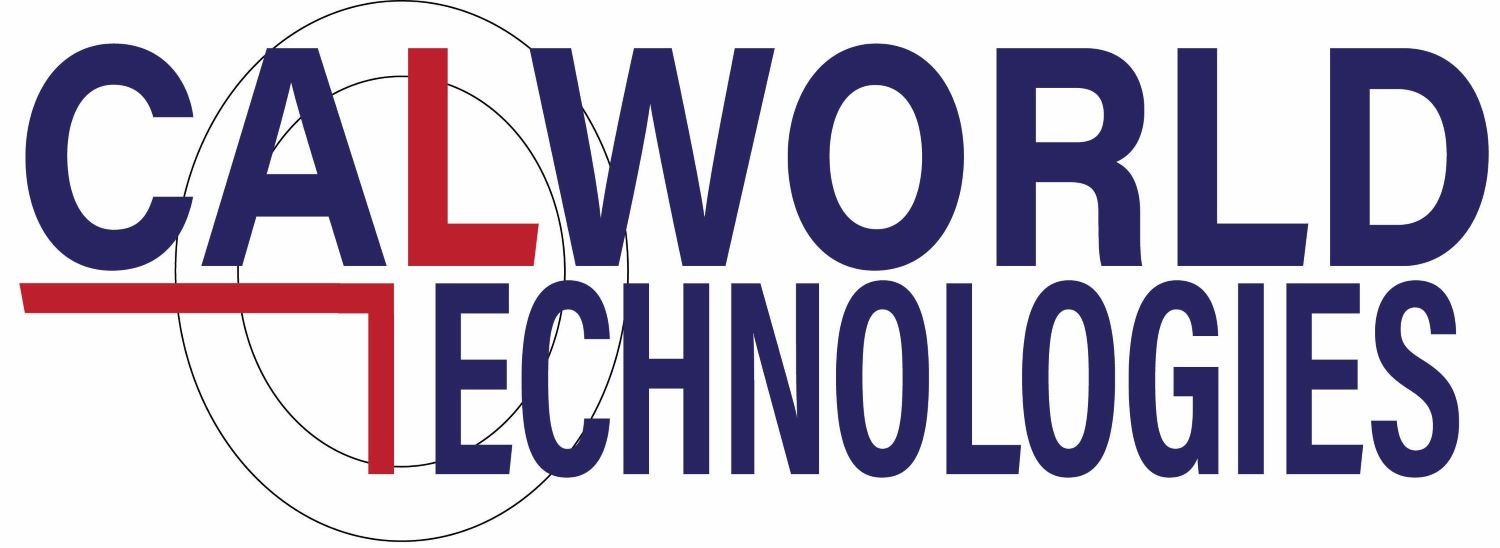Are scales and balances different?
The short answer is yes, scales and balances are different. Both are weighing devices used for very similar purposes, and hence the terms are used interchangeably in everyday language. However, there are technical differences that need to be known if one is operating such devices.
What is the difference?
Scales measure weight whereas balances measure mass. Weight is the force of gravity and its international system of units (SI) are Newtons (N). Weight is variable and depends on gravitational acceleration, which is subject to your location in the universe. Mass, on the other hand, measures how much matter is in an object. Its SI unit is kilograms (kg), although smaller units such as grams (g) and milligrams (mg) are commonly used in certain industrial and commercial applications.
How do scales measure weight?
Scales measure weight by calculating the force needed to deform the spring. When a load is applied to a scale, the scale’s springs either stretch or compress, and the force required to undergo this deformation is measured and converted into mass. Most common scales found in everyday life are bathroom scales (compress springs) and hanging scales at supermarkets (stretch springs).
How do balances measure mass?
Balances measure mass by balancing an unknown mass (the load) against a known mass. These devices use a force restoration mechanism to balance the unknown mass. They are often quite complicated in design, and are commonly used in commercial applications where precision is paramount, such as pharmaceuticals.
What now?
Calworld Technologies offers reliable scale AND balance calibrating services that guarantee dependable readings and measurements. We may also calibrate other instruments, such as cool rooms, freezers, and ovens, upon request.
